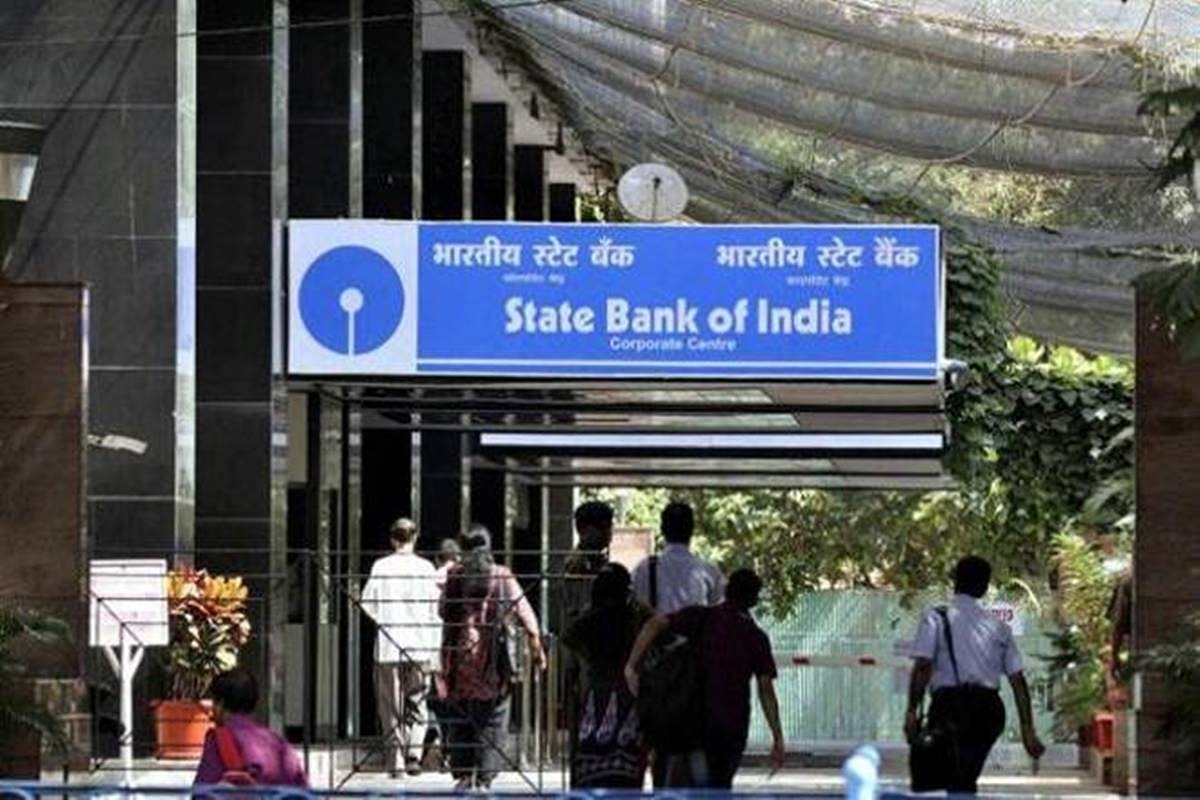Economy
As Banking Crisis Unfolds In The West, Indian PSBs Check For Vulnerabilities

A branch of the State Bank of India.(Representative Image).
State-owned banks will present a scenario-based risk plan to the government in two weeks, along with a communication strategy to handle any situations that may arise, according to a report in The Economic Times.
Amid concerns over banks' health in the US and Europe, officials have increased vigilance to ease depositors' worries.
Public sector banks (PSBs) reported to Finance Minister Nirmala Sitharaman that the Indian banking system is strong and there is no reason to be concerned, during a review meeting on Saturday (25 March).
PSBs will share information on provisioning for pledged shares and market data to manage exposure to corporate lending. This mechanism sends alerts for timely action to integrate market data and manage overall exposure.
Banks have been instructed by Sitharaman to diversify their asset and liability bases, according to a source. Senior executives of banks are expected to provide more information on this matter to the government within the next two weeks.
Indian banks are unlikely to face the fate of Silicon Valley Bank (SVB), as pointed out by banks due to the conservative stance of the Reserve Bank of India (RBI) in treasury operations.
The RBI has implemented macroprudential tools, including an Investment Fluctuation Reserve (IFR), that follows countercyclical measures.
Additionally, Indian banks have significant asset books comprising loans, rather than bonds, which translates to comfortable liquidity positions.
Therefore, the likelihood of Indian banks encountering a similar predicament to that of SVB is not high, noted the banks.
High interest rates led to significant losses in the bond portfolios of banks, which resulted in a crisis in the US where three banks collapsed due to the withdrawal of funds by concerned depositors.
During their presentation, government-owned banks listed several obstacles, including the potential for a decline in profits from FY23 to FY24, caused by persistent high inflation that could decrease credit demand and hinder non-interest income growth.
Banks may need to increase mark-to-market provisioning on bond portfolios and are concerned about slower deposit growth despite a decade-high credit rise.
Introducing ElectionsHQ + 50 Ground Reports Project
The 2024 elections might seem easy to guess, but there are some important questions that shouldn't be missed.
Do freebies still sway voters? Do people prioritise infrastructure when voting? How will Punjab vote?
The answers to these questions provide great insights into where we, as a country, are headed in the years to come.
Swarajya is starting a project with an aim to do 50 solid ground stories and a smart commentary service on WhatsApp, a one-of-a-kind. We'd love your support during this election season.
Click below to contribute.
Latest